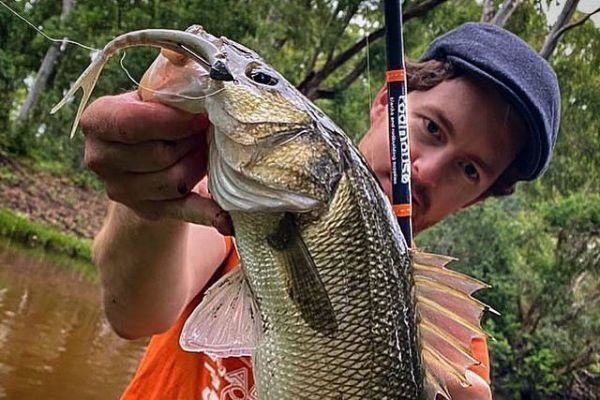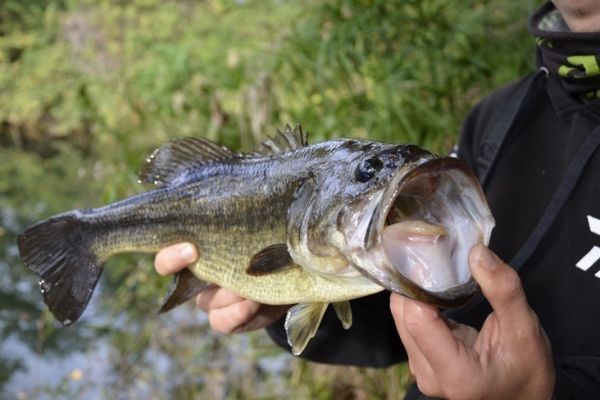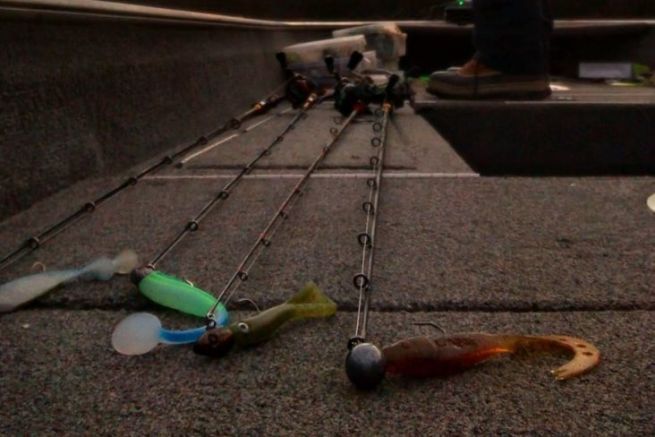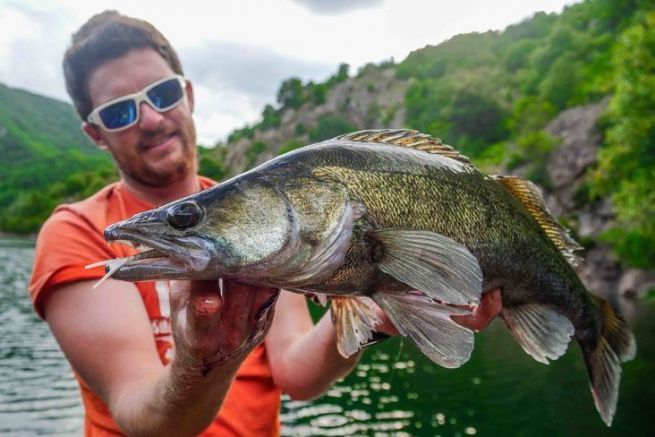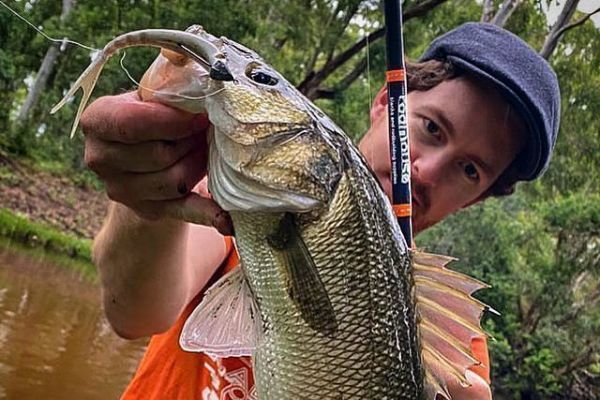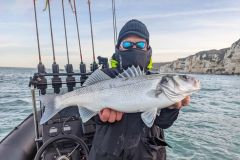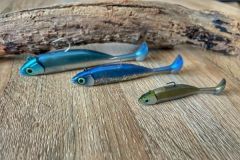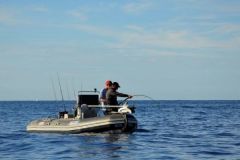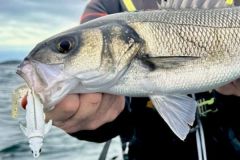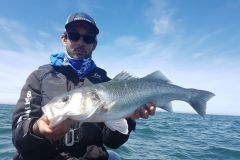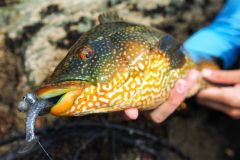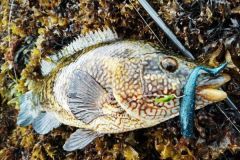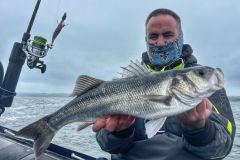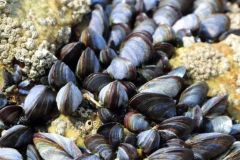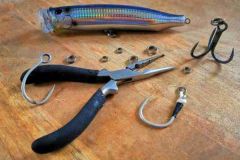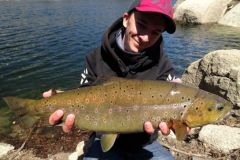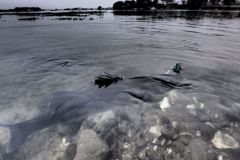The bar ( Labrax dicentrarchus ) or wolf in the Mediterranean, is a fish that can be found on most of the French coast. It is a real carnivore, which, like the black-bass, can be fished with different techniques.
Although it sometimes feeds on mullet, it is especially fond of small fine prey such as sandeels, antherines and even eels. The lure morphology that most closely resembles this type of prey is undoubtedly the Finess.
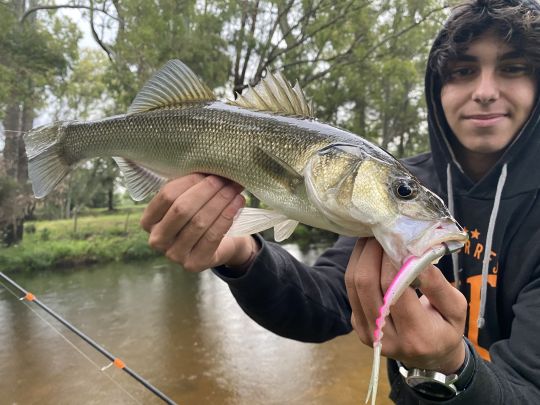
When finesse rhymes with speed variation
The Finess can be animated slowly when the fish are not active, which is formidable on the sea bass, provided that it passes in front of the mouth and in all discretion. When Mr. Labrax is a little more active and feeding, the Finess lure will also make a difference on shads.
In addition to the advantages of the easy Texan rig to go after ambushed fish, it will be formidable by varying the retrieve and animation speeds. The ideal for this is to mount it on a darter head, Texan if necessary, and to bring it back quickly enough by putting blows with the rod, low, to make it zigzag like a fleeing prey. This fast retrieve can be done for about ten meters before being completely stopped, rod up, banner outstretched, thus letting the finess go down slowly in the water layer, its tail in V undulating until touching the bottom, moment of the resumption of the fast animation and so on.
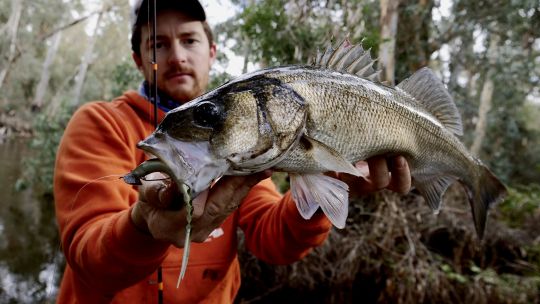
Flooding and fishing in the river
Although it is a marine fish, it is not uncommon to find the bass on the first kilometers of a river, area where food is abundant. It is then easier to fool it after a storm, when the river is in flood and the water is quite tinted. In these conditions it is not rare to have a lot of catches, provided that you have the right weight and that you pay attention to the presentation of the lure.
Indeed, in the strong current linked to the floods, the ideal is to mount your lure in Texan, on a head not too heavy, and to make it drift at the speed of the current, just above the bottom. After a three-quarter cast upstream and a contact with the bottom, you will have to cast with the rod upwards, at the same speed as the current, imagining your lure passing in the last fifty centimeters of the water column. Make sure you keep the rod as taut as possible to feel the bites. When the lure arrives in front of you, pull back and cast upstream.
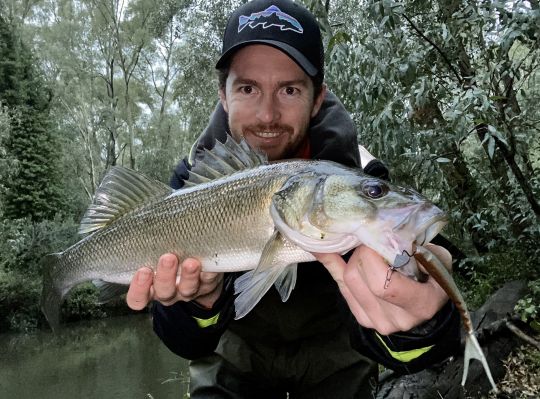
Finess lure: an ideal teaser
One of the possible uses of the Finess on bass is as a teaser, whether it's in front of a hard lure, a shad, a jig or a surface lure. It can be mounted about 50cm in front of your lure. The advantage of this type of lure is that it will not twist your line like a shad would, and will imitate perfectly a fry being chased by your lure. Bass are very sensitive to food competition and it is not uncommon to multiply results with the simple addition of a teaser. For this rig, a lure of 8-10cm maximum should be used on a quality hook, as it is not uncommon for the predator to strike the teaser and not the main lure.
As you can see, despite being less fashionable than shads, Finess lures are as versatile as they are effective, and by knowing a few subtleties it is not uncommon to increase the number of fish hit in a session. Its possibilities of assemblies and animations are very numerous and it will make the difference when no other lure registers a touch!
